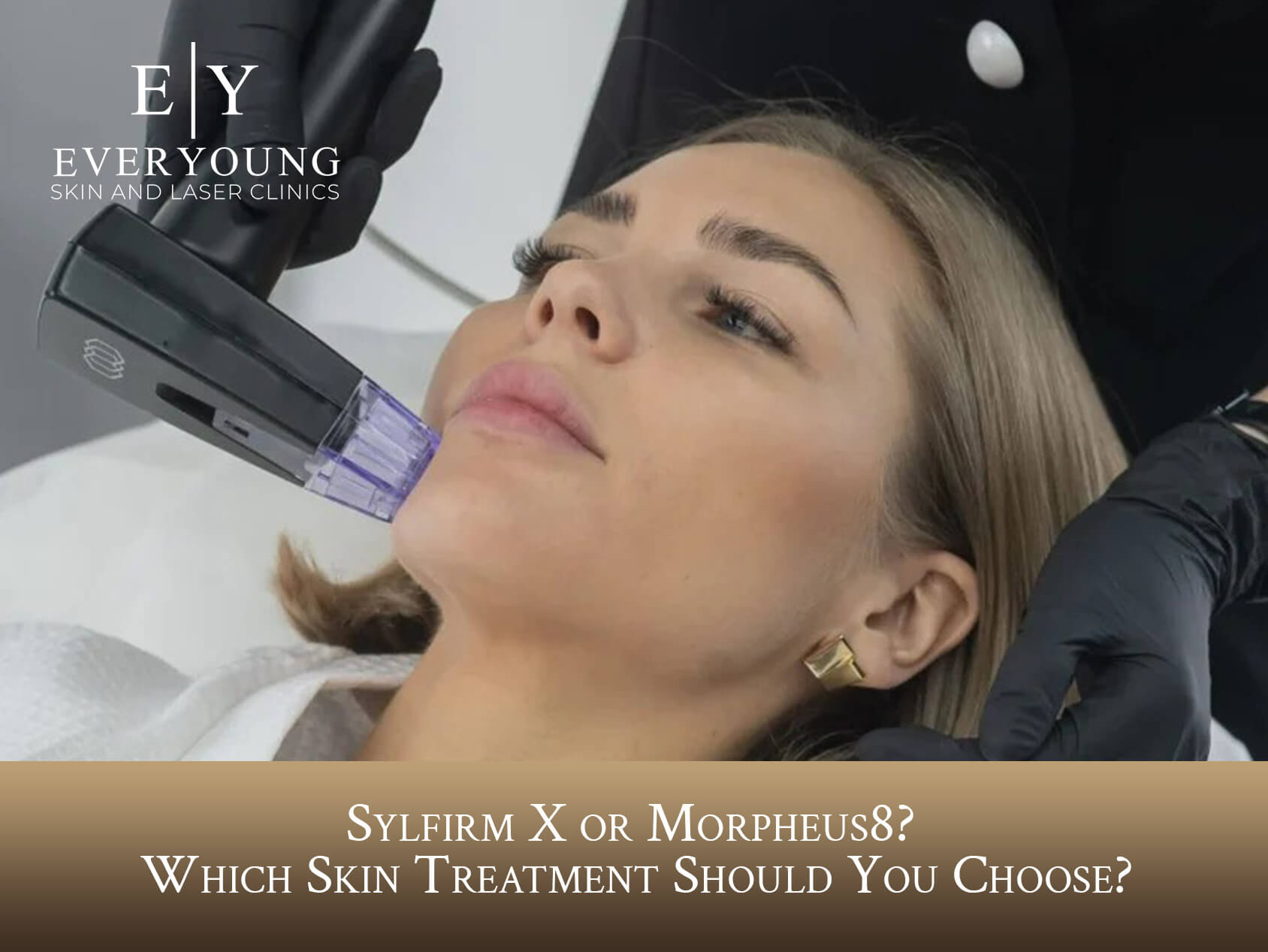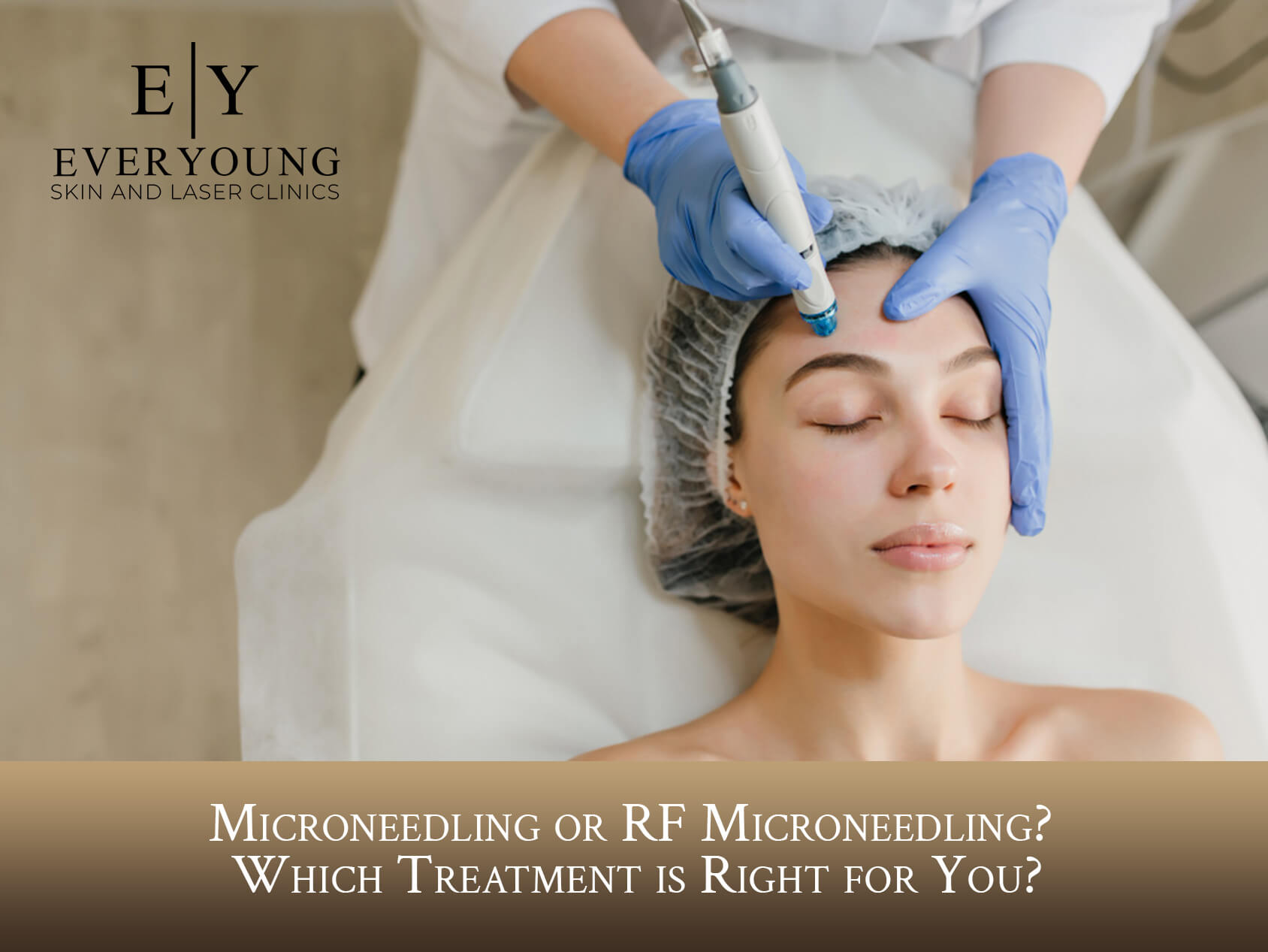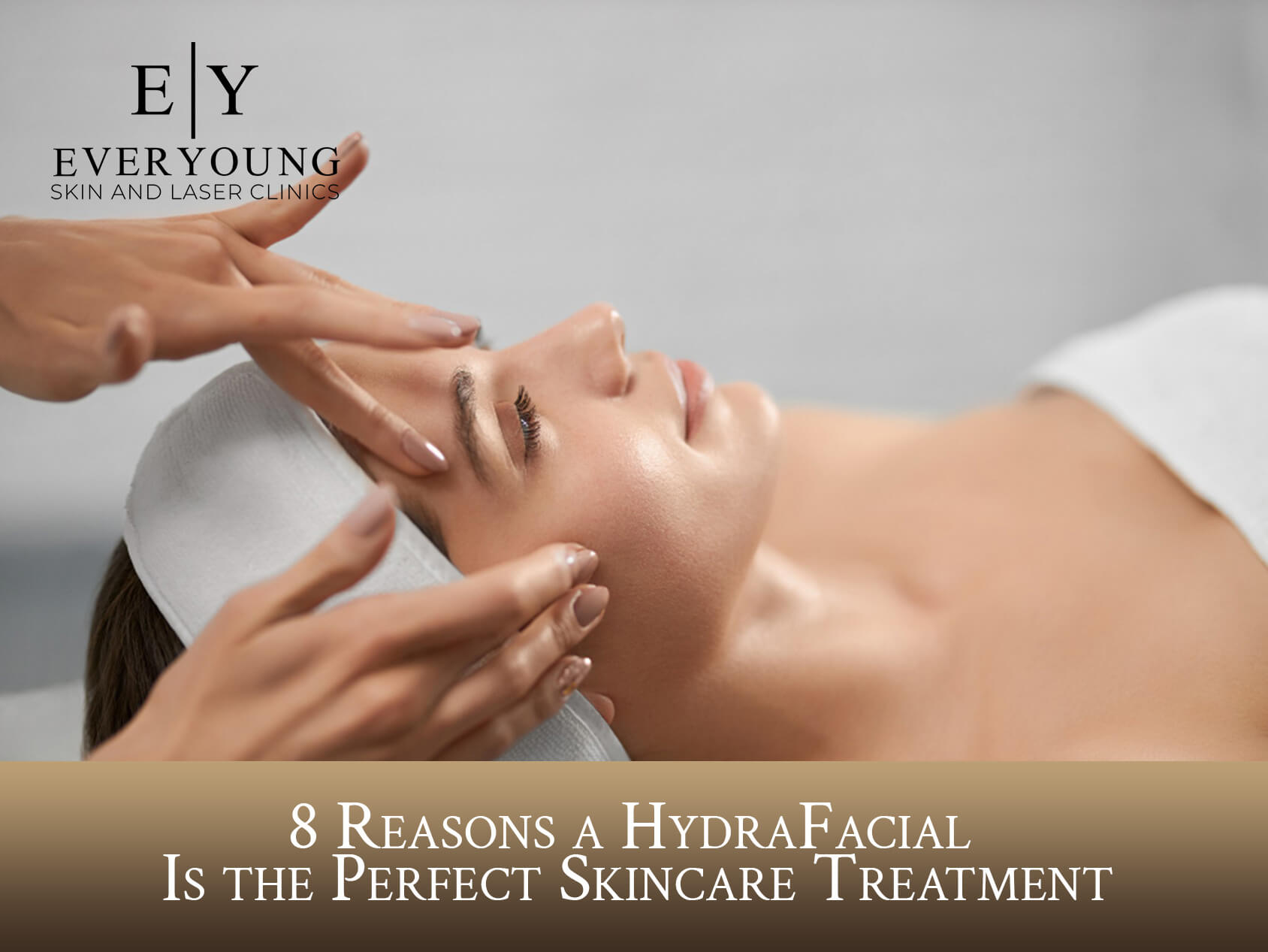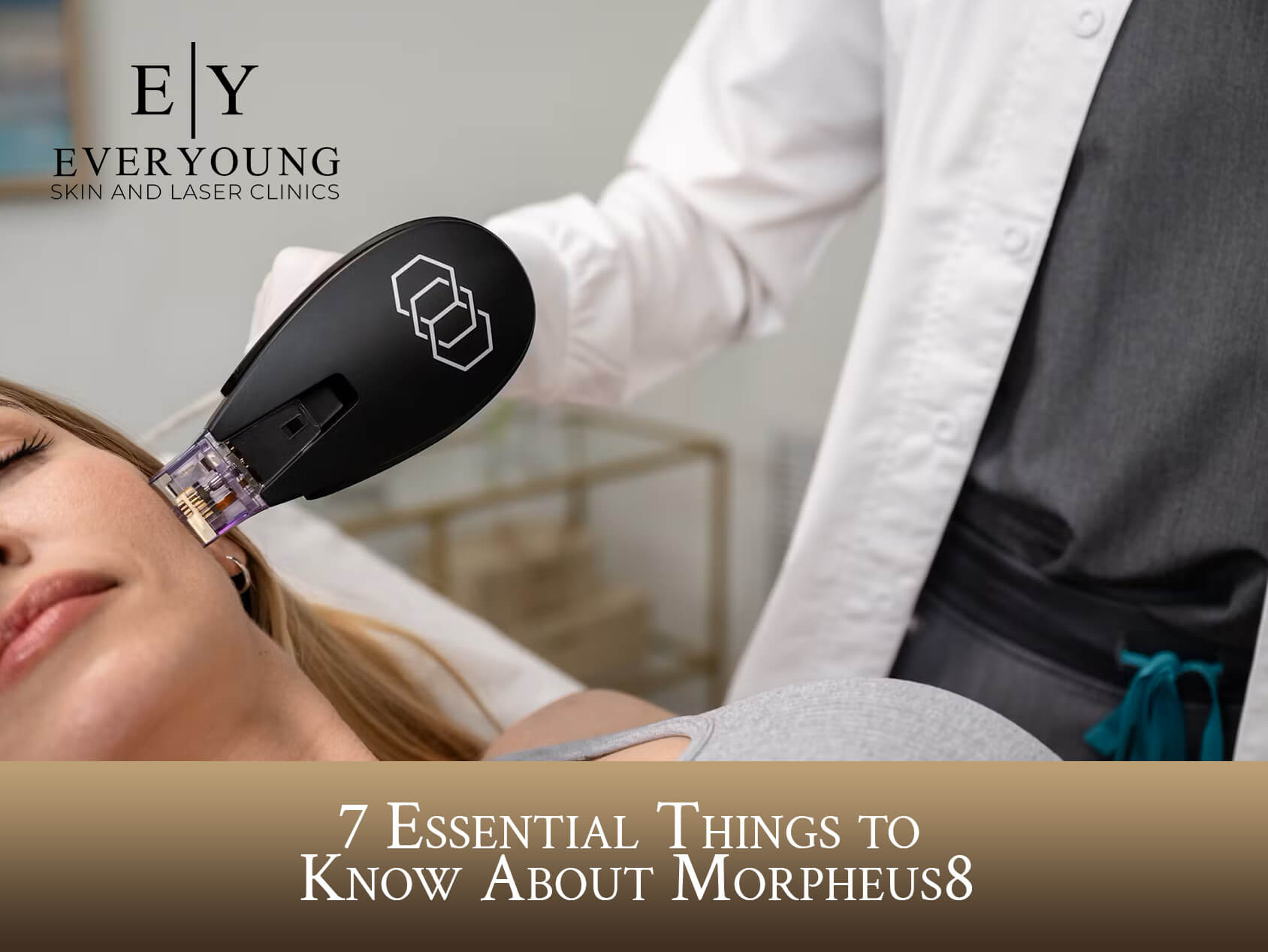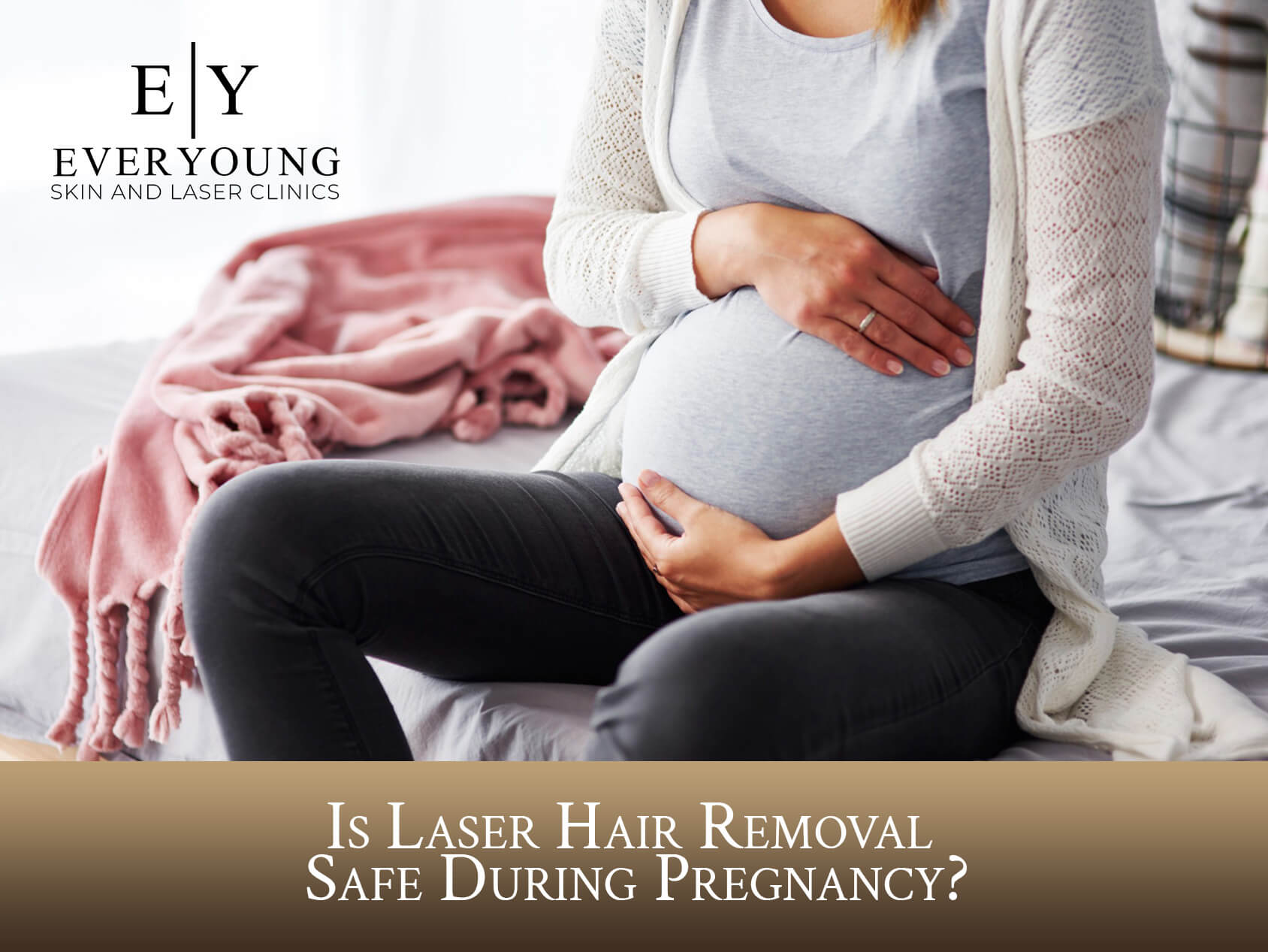Hair loss can be frustrating and emotionally draining. Whether it’s thinning on the crown, receding edges, or overall volume loss, many people are searching for a safe and natural solution. One treatment gaining serious attention in both medical and aesthetic circles is PRP therapy, short for Platelet-Rich Plasma.
But how effective is PRP for hair loss? Let’s break it down in simple terms so you can decide whether it’s the right option for you.
What Is PRP Therapy?
PRP stands for Platelet-Rich Plasma, a concentration of your own blood’s healing components, mainly platelets, which contain growth factors that help repair tissues and stimulate cells.
Here’s how it works:
- A small amount of your blood is drawn.
- It’s spun in a centrifuge to isolate the platelets.
- The concentrated PRP is then injected into areas of the scalp where hair is thinning or falling out.
It’s a natural, non-surgical approach to stimulate hair follicles and encourage new growth.
How Does PRP Help with Hair Loss?
Hair loss often happens when hair follicles shrink or become inactive. PRP helps “wake up” these follicles by delivering a boost of healing growth factors directly into the scalp. This can:
- Increase blood flow to the hair root
- Reduce inflammation in the scalp
- Extend the hair growth phase
- Strengthen existing hair
- Stimulate dormant follicles to regrow
Because it uses your body’s own cells, the risk of allergic reaction or side effects is extremely low.
Who Can Benefit from PRP Hair Restoration?
PRP is most effective for people who are in the early stages of hair loss or thinning. It’s also a great option for individuals experiencing:
- Androgenic alopecia (male or female pattern baldness)
- Postpartum hair loss
- Thinning from stress, hormonal changes, or aging
If your hair follicles are still active, even if they’re weak, PRP can help restore density and strength.
For those with complete hair loss or long-inactive follicles, PRP may be less effective on its own, but could still be part of a broader hair restoration plan.
How Many PRP Sessions Will I Need?
PRP therapy isn’t a one-and-done treatment. For best results, most people need a series of 3 to 4 sessions spaced about 4–6 weeks apart, followed by maintenance treatments every few months.
Results aren’t immediate, but many patients start noticing thicker, stronger hair within 3 to 6 months. Hair growth takes time, and consistency is key.
Is PRP Safe?
Yes, PRP is generally very safe because it uses your blood, meaning there’s virtually no chance of rejection or allergic reaction. Side effects are minimal and may include some tenderness or swelling at the injection site, which typically fades within a day or two.
It’s also drug-free, making it an excellent choice for people who want a more natural approach to treating hair loss.
How Does PRP Compare to Other Treatments?
PRP stands out because it:
- Is non-surgical and minimally invasive
- Doesn’t involve foreign substances or medications
- Has virtually no downtime
- Can be combined with other hair restoration treatments
While medications like minoxidil or finasteride can help slow hair loss, they often come with side effects or need to be used long-term. PRP offers a more targeted, regenerative option that actually helps repair and revive your follicles.
Regrow Confidence with PRP Hair Restoration at Everyoung
At Everyoung Medical Aesthetics Centre, we offer advanced PRP therapy for hair restoration to help you combat hair loss and restore thicker, healthier hair naturally.
Our skilled medical team uses state-of-the-art equipment and techniques to deliver safe, effective treatments that are tailored to your individual needs. Whether you’re just starting to notice thinning or you’re looking for a natural alternative to surgery, PRP may be your solution.
We proudly offer PRP treatments at our convenient locations in Vancouver, Burnaby, Port Coquitlam, and North Vancouver.
Book your consultation today and take the first step toward stronger, fuller hair with Everyoung Skin Clinic.




